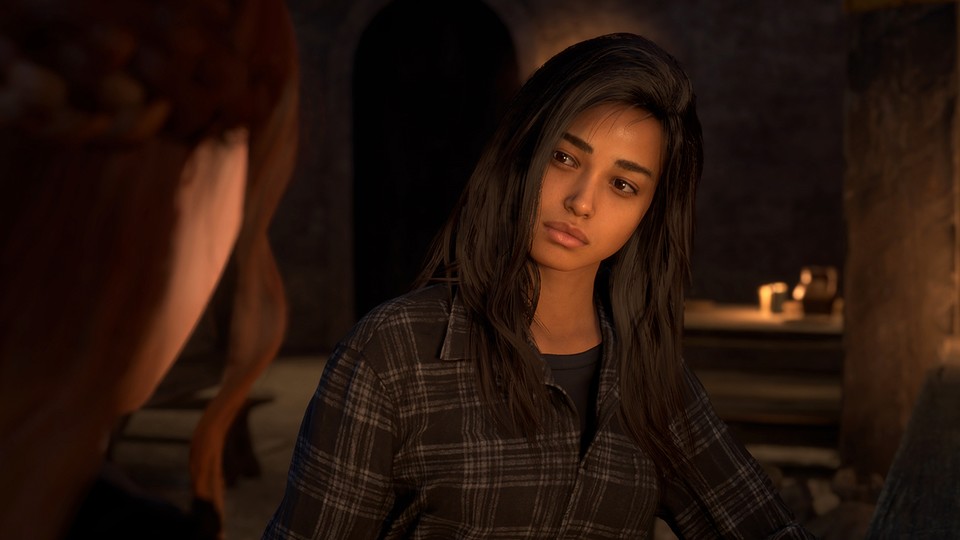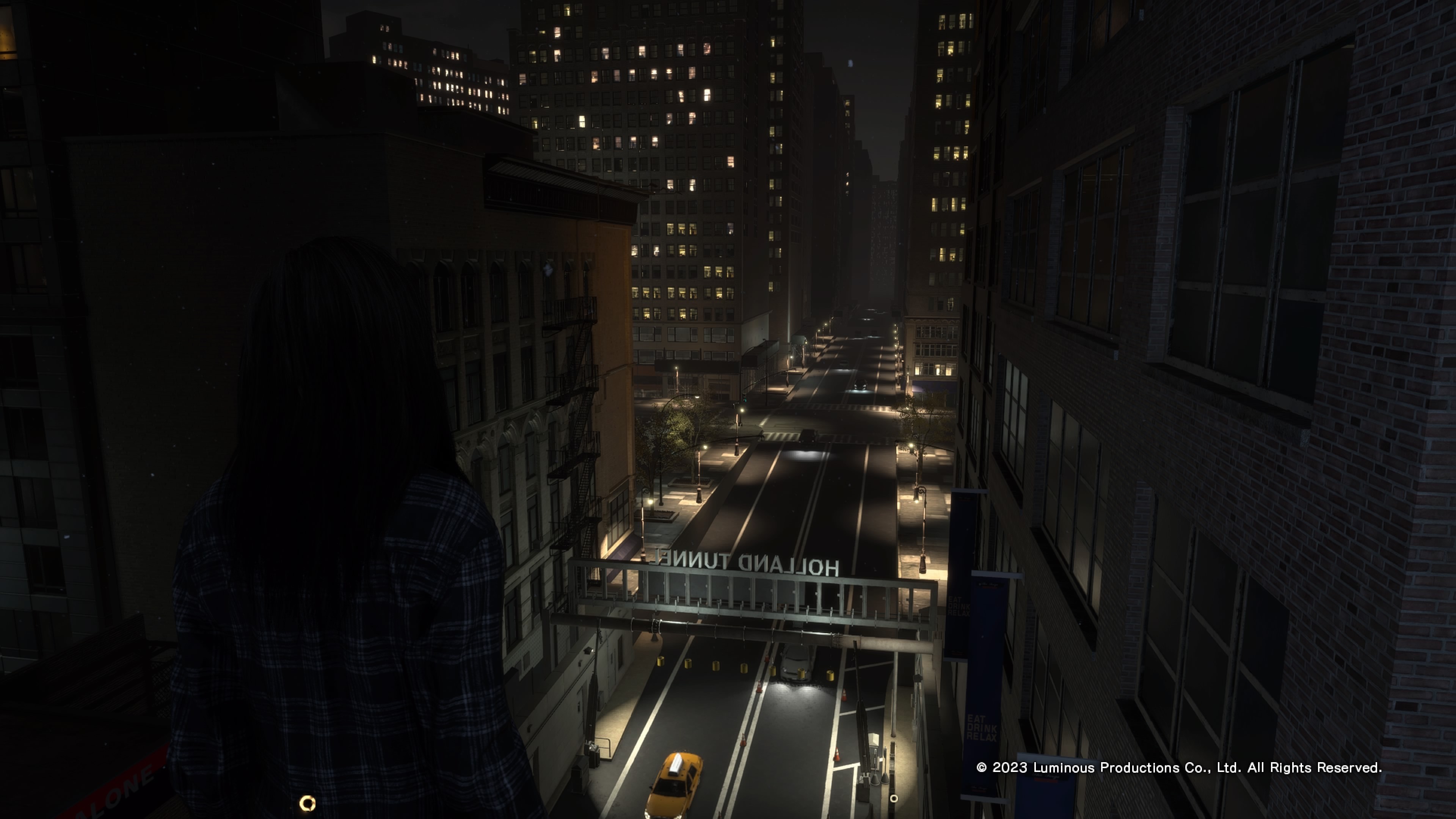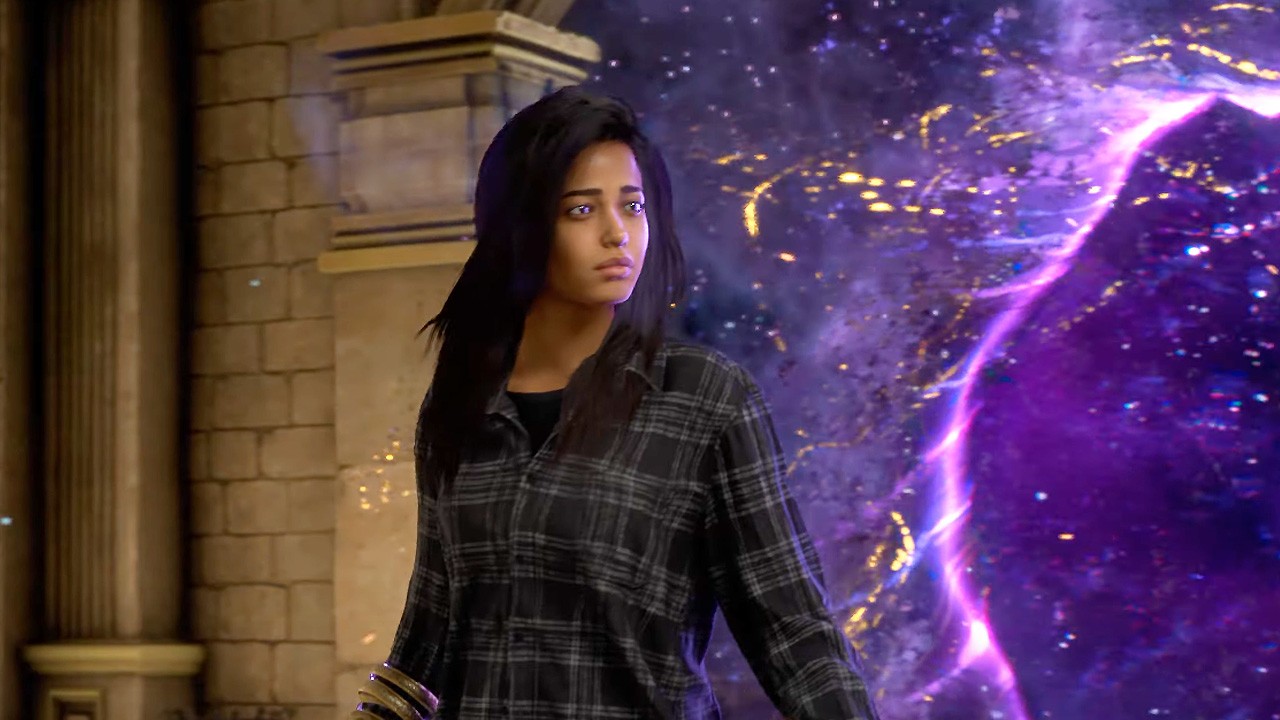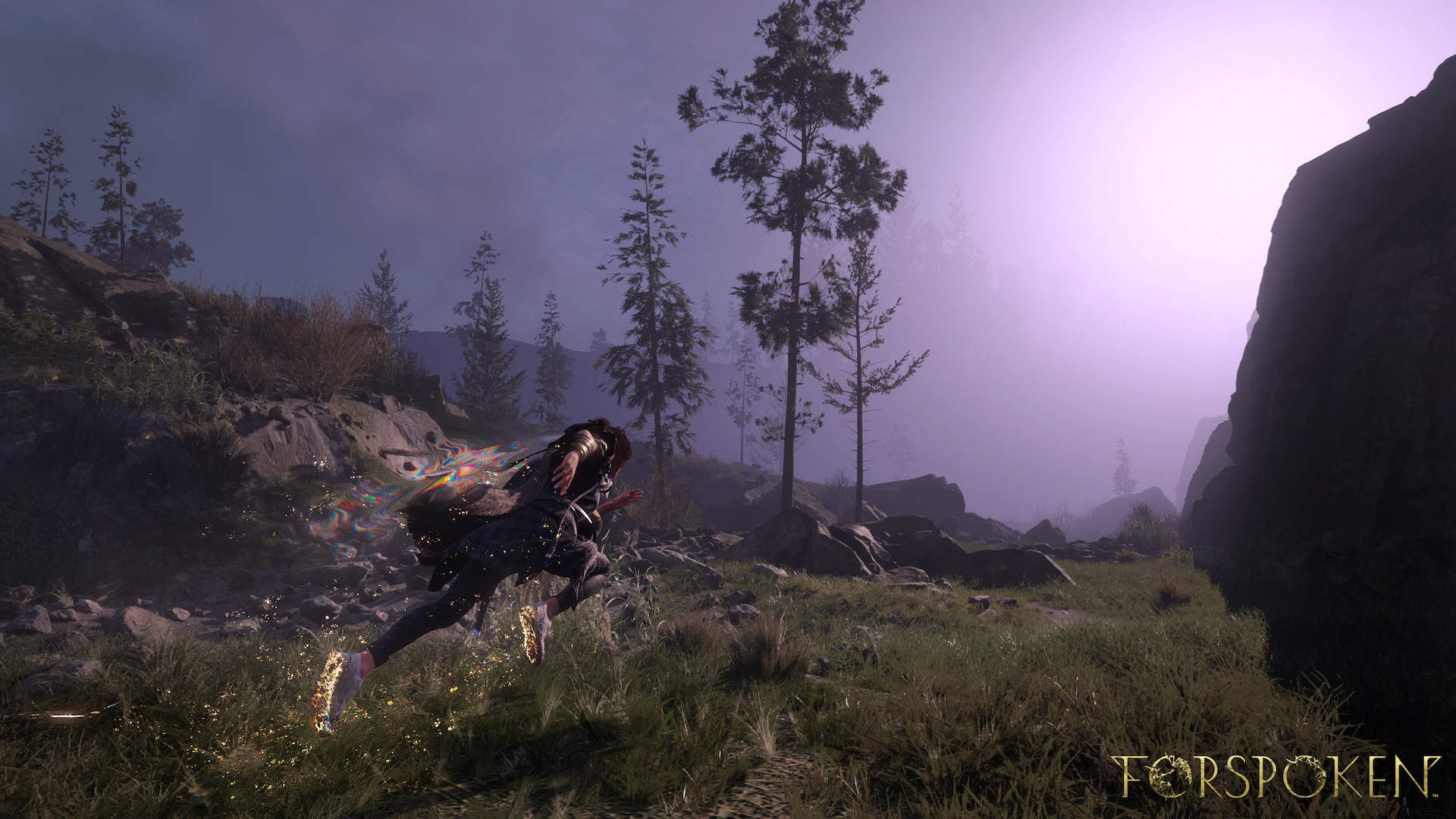Forspoken Review | In Need of Magical Intervention
Forspoken feels like an awkward collection of a bunch of ideas thrown together and hoping they would stick.
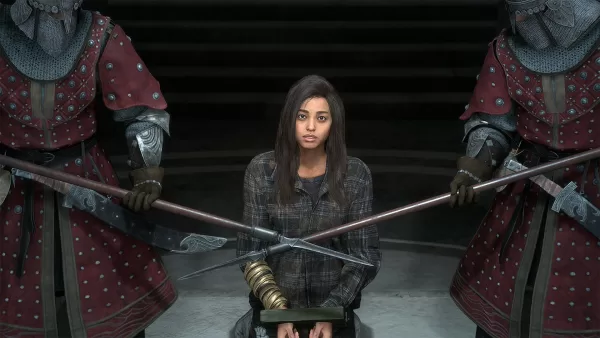
Forspoken is a game that I wanted to love. When it was initially shown as “Project Athia” a couple of years ago, it immediately became an interesting IP to look out for. Given that it was alongside the official PS5 reveal event, the expectations were rightfully high. A trailer showing gorgeous visuals, a promise of an intriguing world to explore, and the fact that it would be a next-gen console exclusive alongside a PC release contributed to the hype train.
Unfortunately, the final product just couldn’t quite stick the landing. There are things to like in Forspoken. But there is so much more that drags it all the way down. It feels like a game that lacks proper focus in its direction from both the narrative and technical aspects.
Forspoken has a lot of style and spectacle, but not much substance underneath all of it.
Off to a rough start
The story revolves around Frey Holland, played fairly well by Ella Balinska, a 20-year-old orphan who got her last name because she was found as a baby in the Holland Tunnel. Pretty neat origins story other than the fact that she was all alone. We get introduced to her as she’s walking into a courtroom about to be judged for a crime she committed.
The game wastes no time in conveying that Frey is down on her luck with nothing ever going her way. She has had multiple run-ins with the law, she lives in an abandoned apartment complex with no one but her cat, and the closest thing she has as friends is a crime group that constantly harasses her to finish a job for them.
In the opening act, Forspoken paints a clear picture of what the entire ride will be like. Rough, awkward, and leaving much more to be desired. Frey is not a likable protagonist. She’s smug, whiny, and constantly makes questionable decisions. It’s not because the performances are bad, it’s just that the mediocre quality of the script doesn’t do any of the actors any favors.
It’s Christmas time during the modern-day segment of Forspoken and this usually excites me since it’s where video games tend to be creative in terms of their environmental design in the spirit of the holiday season. Spider-man: Miles Morales is a perfect example of how to do it right. However, Forspoken’s New York is a lifeless shell of itself with dull streets and copy-and-paste buildings. Something that barely gets any better when a massive change of scenery happens later on.
One unfortunate thing leads to another and Frey is suddenly thrust into the world of Athia where she has to survive and discover for herself what exactly is wrong with the place.
It’s an Isekai-not
Forspoken’s narrative fails to completely capture one’s attention and interest. Mostly due to its disjointed pacing where it gets far too slow to get somewhere relatively interesting. Frey’s initial disconnection from everything around her doesn’t make it any easier to connect with the story.
A fish-out-of-water story tends to be very entertaining as you witness a character get a grip of his/her surroundings. This story trope easily lends itself to humor and conflict in a way that feels natural and earned. Unfortunately, Forsaken doesn’t have any of those. Frey is initially rude, ungrateful, hostile, and spaced out all at the same time. She eventually develops into a more tolerable character midway but for others, it might seem too late.
Accompanying Frey on her journey is a magical talking cuff voiced enthusiastically by Jonathan Cake. The banter between Frey and Cuff is entertaining but it can also get really awkward and overstay its welcome. It’s like witnessing two people who just met suddenly hurl insults at each other as if they already had built up a relationship over the years. It’s jarring, awkward, and it can easily take you out of immersion.
I believe even the developers are aware of this issue which is why they provided an option to turn down Cuff’s dialogue. For the sake of the review, I opted to keep it on and was bombarded with constant bickering and side comments that had me thinking “was this all necessary?” every time.
Story progression in Forspoken is a tedious task to go through. There are a mix of early Assassin’s Creed style follow-the-character-while-they-provide-exposition trope, in-game conversations where everyone just stands around, and cutscenes that aren’t well-animated. There is a lot of fade-to-black moments in Forspoken and in some instances, can happen within a scene itself to just cut to a different camera angle. It makes everything feel cheap and lazily taped to one another.
Too big for its own good
The world of Athia is huge. Using Frey’s newfound magical abilities, you will be running and parkouring around a lot which is admittedly fun once you get the hang of it and gain more skills.
The graphics are, however, not as good as some of us thought they would be. Constant environmental pop-ins, bland textures, and a flat lighting system make the world feel too artificial. Athia only looks good in motion but whenever Frey stops running, it rears its ugly head.
Aside from the main story, there is a lot of side content to go through such as favors from NPCs, dungeons to fight through, and collectibles to find. What makes a good open-world is when it makes the player feel like everything that’s on the map feels like it has a natural reason as to why it’s there. Games like The Witcher 3, Red Dead Redemption 2, and GTA V are masterclasses of this technique. As soon as it fails on this, you’ll get the run-of-the-mill Ubisoft-style collect-athons that feel more like a chore to complete. Sadly, that’s the situation Forspoken finds itself in. It’s difficult to feel motivated to complete the game’s extra content and at a certain point, I gave up trying to find it.
Combat is interesting. This is actually where Forspoken is the strongest in terms of visual quality. Frey uses various elements to fight her way through Athia’s zombies (yes, you read that right) and corrupted wildlife. Boss fights in particular look great in motion. Forspoken’s combat loves to show off the game’s particle effects. There is a lot of it.
I did notice though that the controls feel like they have a slight delay to them. My inputs didn’t feel as precise as they can be which can be a problem. There is a style system wherein the more tricks you perform in a fight like flipping around and shooting enemies from the air will merit you a higher combat ranking. This determines the amount of XP and possible resources dropped. Sometimes it felt like Frey would take too long to execute an input, especially when it comes to dodging.
Aside from the enemies themselves, you’ll also be fighting against a barely working lock-on system and the camera itself. Frey can run around really fast and sprinkle in the insane amount of VFX flying around on-screen can make precise gameplay movements harder to do.
Although, once you get used to everything, Forspoken’s combat slowly starts to click. It’s really satisfying to switch around the different spells and combo-ing them together to dish out the most damage possible while looking as cool as possible. There are a variety of defensive, support, ranged, and melee actions Frey can do. The combat system is not anything groundbreaking, but it’s easily the best part of the package.
The latter parts of the story do have a somewhat steep difficulty curve that just comes out of nowhere after hours of (literally) running through mob enemies and even certain bosses. Just something to look out for.
New skills can be gained through points you earn as you level up or find scattered around Athia. Gear is upgraded through a crafting system. Petty standard stuff. Just a pro tip: make sure to turn on the automatic pick-up of loot option so that you don’t have to ruin Frey’s momentum running around just so you can spam the X button. You can also customize Frey’s nail polish which gives stat benefits. Sure, I guess.
Not so fast!
Narrative and gameplay flaws aside, the real deal-breaker for Forspoken is within its technical aspects. The heavily stylized UI tries to be unique but the weird layout coupled in with an Arial-looking font style just makes it feel cheap and unintuitive.
I would regularly switch between Quality, Ray-tracing, and Performance modes just to see which one is the best. As I said, the game’s graphics aren’t anything special so Performance mode should be the way to go right?
What Forspoken does to try and increase the framerate is to heavily downscale the already unimpressive visuals and even then, the game barely reaches 60 FPS, especially in combat.
Given that Forspoken is a PS5 exclusive alongside a PC release, there is no reason why the game should run as badly as it is.
Conclusion – 6/10
Forspoken feels like it should’ve been 2023’s first AAA home run from Square Enix. Instead, it’s a game with a cast of unlikeable characters, a bland open world, and questionable technical issues.
What’s more disappointing is that I can see just how much the developers and cast members give it their all with Forspoken. The potential is there. It just needed much more time and focus in its execution.
This review was made via a PS5 game code provided by the publisher.


